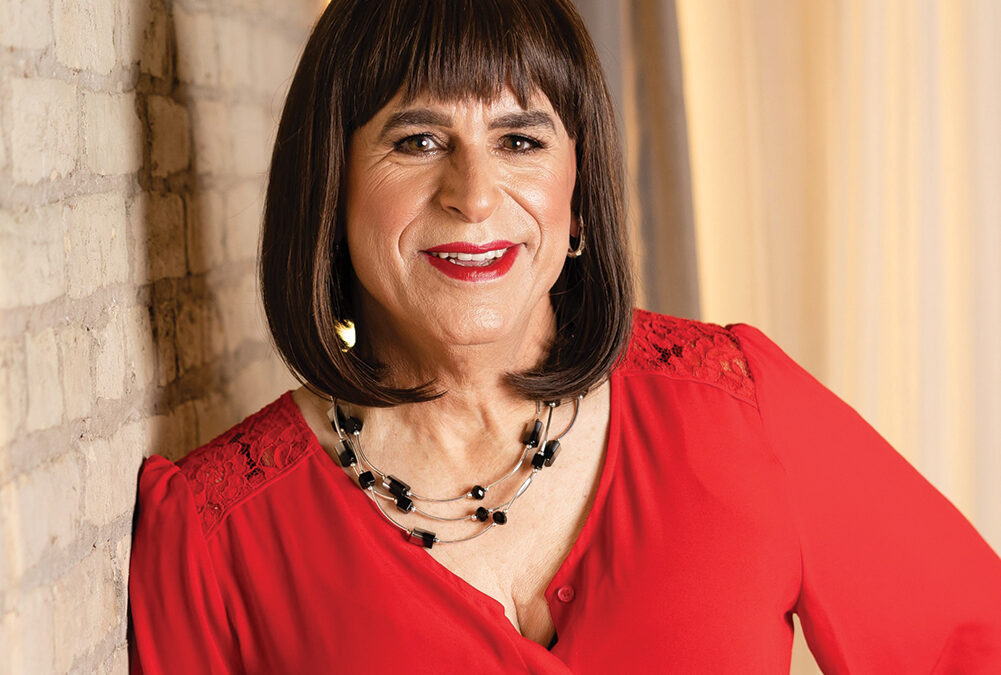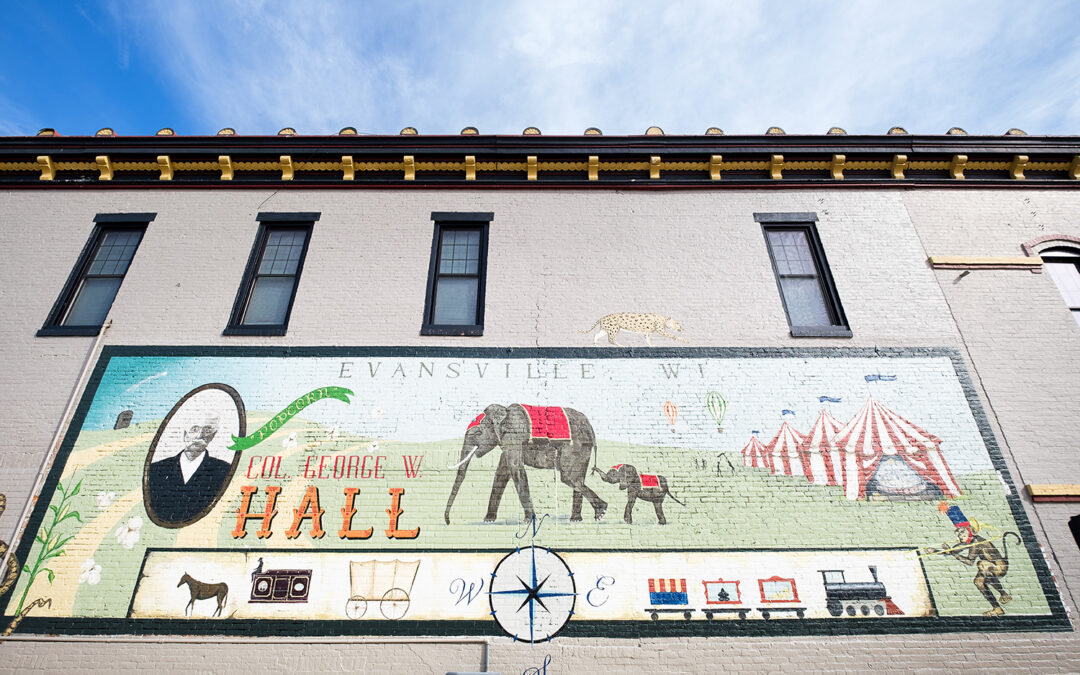MMoCA to Present the Artist’s Premiere Museum Exhibition
December 6, 2014 through March 15, 2015
MADISON, WI–On December 6, the Madison Museum of Contemporary Art opens Narayan Mahon: Lands in Limbo, the museum premiere of the artist’s photographic journey through the unrecognized countries of Abkhazia, Northern Cyprus, Trandsniestra, Nagorno Karabakh, and Somaliland. The exhibition brings together selections from each of the photographer’s five geographically-based series, and will be on view in MMoCA’s State Street Gallery through March 15, 2015.
Lands in Limbo explores the day-to-day realities of living in countries that remain unacknowledged by the larger international community. Mahon artfully captures the experiences of individuals grappling with matters of cultural and ethnic identity, economic devastation, and self-determination in the face of extreme international isolation. In doing so, he raises timely questions about the meaning of national sovereignty in the increasingly globalized world of the twentieth-first century, and contributes to the ongoing dialogue about the role of documentary photography in contemporary art.
Calling attention to complex geopolitical realities, the artist simultaneously gives poetic image to the human condition. Black Sea, Abkhazia (2007) offers an austere view of the beachside in Abkhazia, a disputed territory whose secession from Georgia, in 1991, incited a regional war that has since shackled the Abkhaz population with crippling embargoes, high unemployment, and widespread poverty. The towering heft of a marooned ship overwhelms the pictorial space, while the diagonal trajectory of the detached gangway simultaneously slices into the scene. The combined visual impact is one of fracture, echoing the hostile ethnic divisions between Abkhaz and Georgian residents. Despite the photograph’s dismal palette and formal unease, the embrace between two women in the right foreground and the children playing in the water lends the image a distinctly humanizing element.
Mahon’s practice falls within the socially engaged tradition identified with contemporary artists Mary Ellen Mark, Susan Meiselas, and Sebastiao Salgado, whose work fuses the aesthetic and formal integrity of fine art with the informational concerns of photojournalism. This process can be tied to an earlier generation of twentieth-century photographers, including Magnum Photo’s celebrated co-founders Robert Capa and Henri Cartier-Bresson, who embraced a more expressive form of documentary photography that allowed room for personal vision and an authorial point of view. By establishing a formal means to challenge the very assumption of photographic objectivity, they also questioned the value, even the ability, of the photograph to deliver information in a neutral or unmediated manner. The goal of documentary photography, then, is not only to capture truth but rather, in the words of Cartier-Bresson, to uncover “the poetry of life’s reality.” Mahon’s photographs subscribe to and celebrate this dictum.
These images, which Mahon took between 2006 and 2009, have proven to be timely if not prescient, as international maps are being redrawn every day, particularly in the countries that comprise the former USSR. In walking the fine line between artistic license and journalistic prerogative, his photographs manage to transcend facts and statistics, and instead demonstrate art’s potential to inspire new ways of seeing and understanding. Store, Stepanakert, Nagorno Karabakh (2006) shows a small market in the center of Stepanakert, the capital of Nagorno Karabakh—a de facto Armenian state that broke away from Azerbaijan in 1994. With only a few dimly lit windows in the surrounding housing complex, the store’s fluorescent light suffuses the darkened winter street with an otherworldly glow. The bluish hue illuminates the only human figure in the frame, spotlighting his solitary evening journey and imbuing the scene with an aura of desolation. The somber mood of the photograph reflects Mahon’s response to the very real political, economic, and cultural isolation of Stepanakert, a city that endured years of violence between the region’s Armenian and Azeri communities, and lost nearly half its population to ethnically-targeted, forced deportations.
While Mahon is unapologetic in his approach to picturing the difficult realities of isolation, poverty and latent violence, he’s noted that the project has introduced a level of cynicism into his own worldview, stating, “It all just comes down to nationalism, and chauvinism, and the uglier parts of humanity.” Even as this bleakness is often made manifest in his work, the artist’s photographs of Somaliland stand out as a beacon of hope.
Although officially unrecognized and economically hindered by its de facto status, Somaliland, since breaking away from Somalia in 1991, has generally maintained stability, peace, and democracy. In Voter, Burao, Somaliland (2008), a young man with a cigarette protruding from his lips returns the camera’s gaze with bravado. The title, which identifies the subject as a voter, alludes to the democratization process that has ensued in Somaliland since independence. The man’s self-assurance and commanding countenance creates a spirited portrait, mirroring the region’s relative prosperity as compared to the chaos and violence of its former nation.
In the context of the early twenty-first century and in the face of ongoing advances in digital technologies, photography has come to embody the ever-expanding slippage between document and art, fact and interpretation. Contemporary documentary photographers, in fusing subject with style and form with content, have succeeded in illuminating vital issues while also opening up space for dialogue, fluidity, and ambiguity. In his photography, Narayan Mahon inextricably ties medium to message. The historically contested boundaries of photographic genres symbolically parallel the ever-shifting borders of the countries he explores in Lands in Limbo. Both are malleable and indeterminate.
Narayan Mahon is an award-winning photographer whose editorial work has appeared in the Atlantic Monthly, Virginia Quarterly Review, The Economist, ESPN Magazine,The Guardian, The New York Times, The New Yorker, Times of London, Ventiquattro (Italy), Focus (Germany), and PowerHouse Magazine, among many other national and international publications. Most recently Mahon was a winner of American Photography 30, Magenta Foundation’s Flash Forward- Emerging Photographers (2009), a finalist for the International Reporting Project Fellowship at Johns Hopkins University, and a grant recipient of the Pulitzer Center on Crisis Reporting for his work in Somaliland. He holds a Master’s degree in Photojournalism from Syracuse University’s Newhouse School of Public Communications, and as a Bachelor’s degree in International Studies from the University of North Carolina, Charlotte.
________
Admission to exhibitions at the Madison Museum of Contemporary Art is free of charge. MMoCA is supported through memberships and through generous contributions and grants from individuals, corporations, agencies, and foundations. Important support is also generated through auxiliary group programs; special events; rental of the museum’s lobby, lecture hall, and rooftop garden; and sales through the Museum Store.






















0 Comments